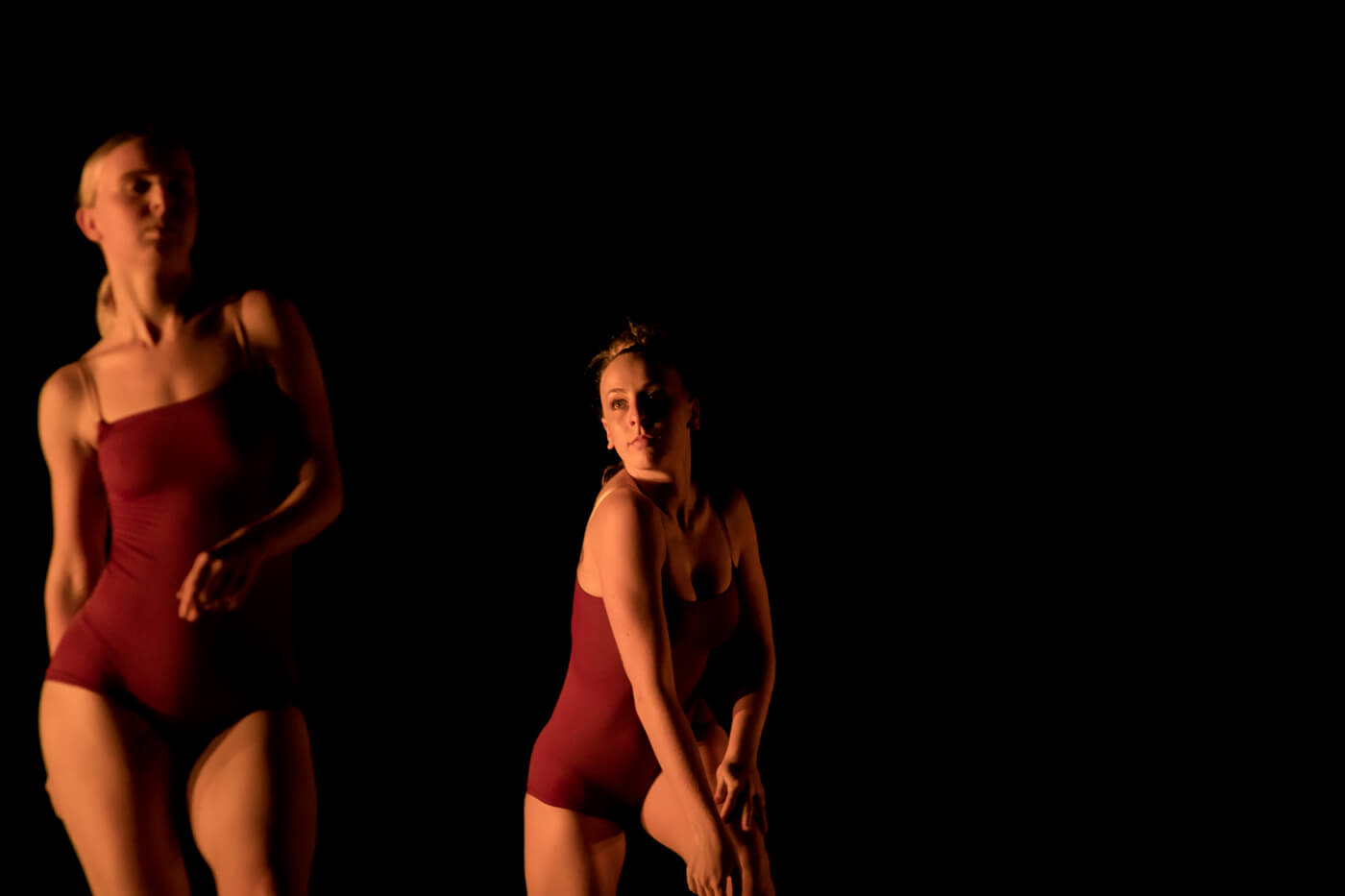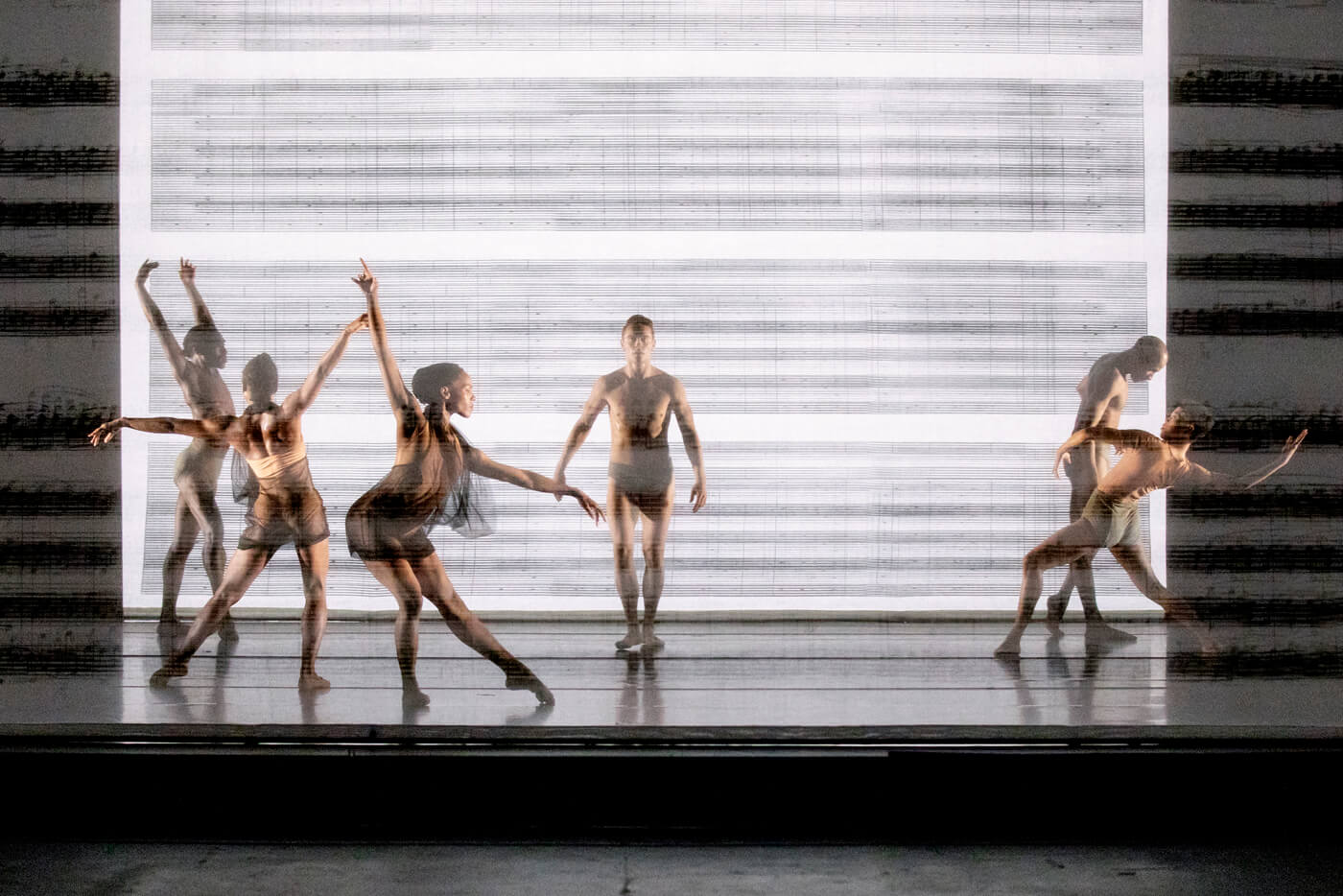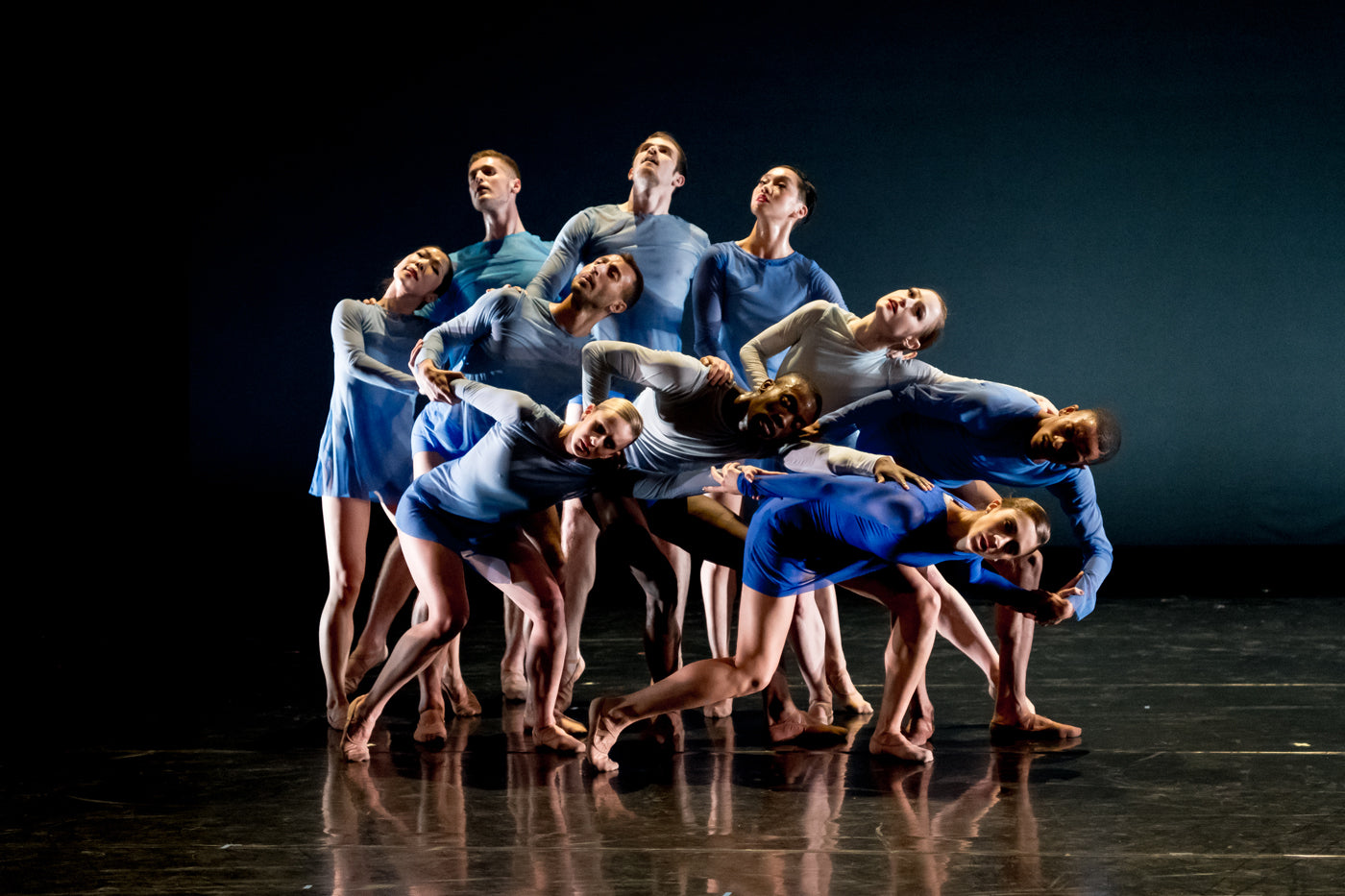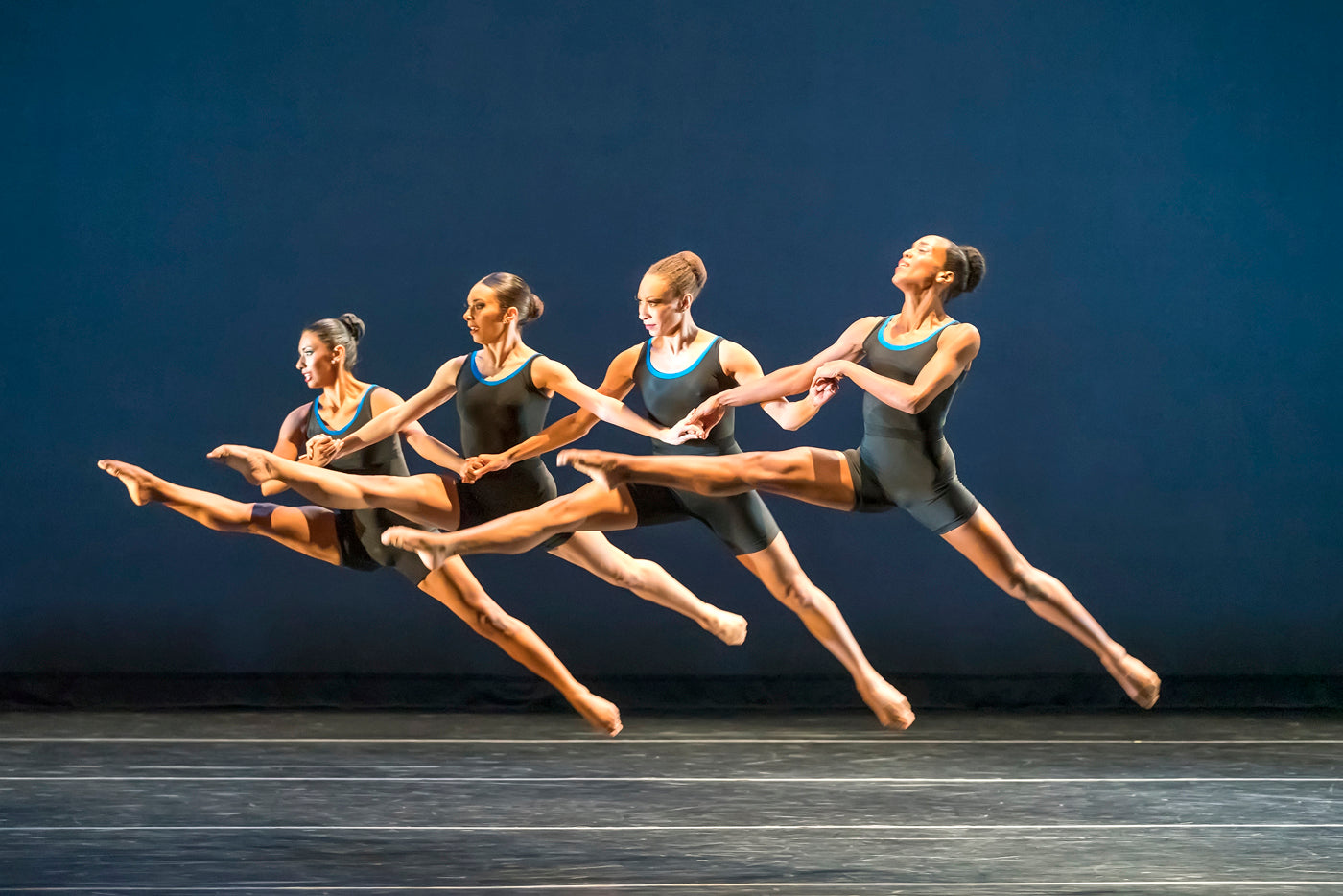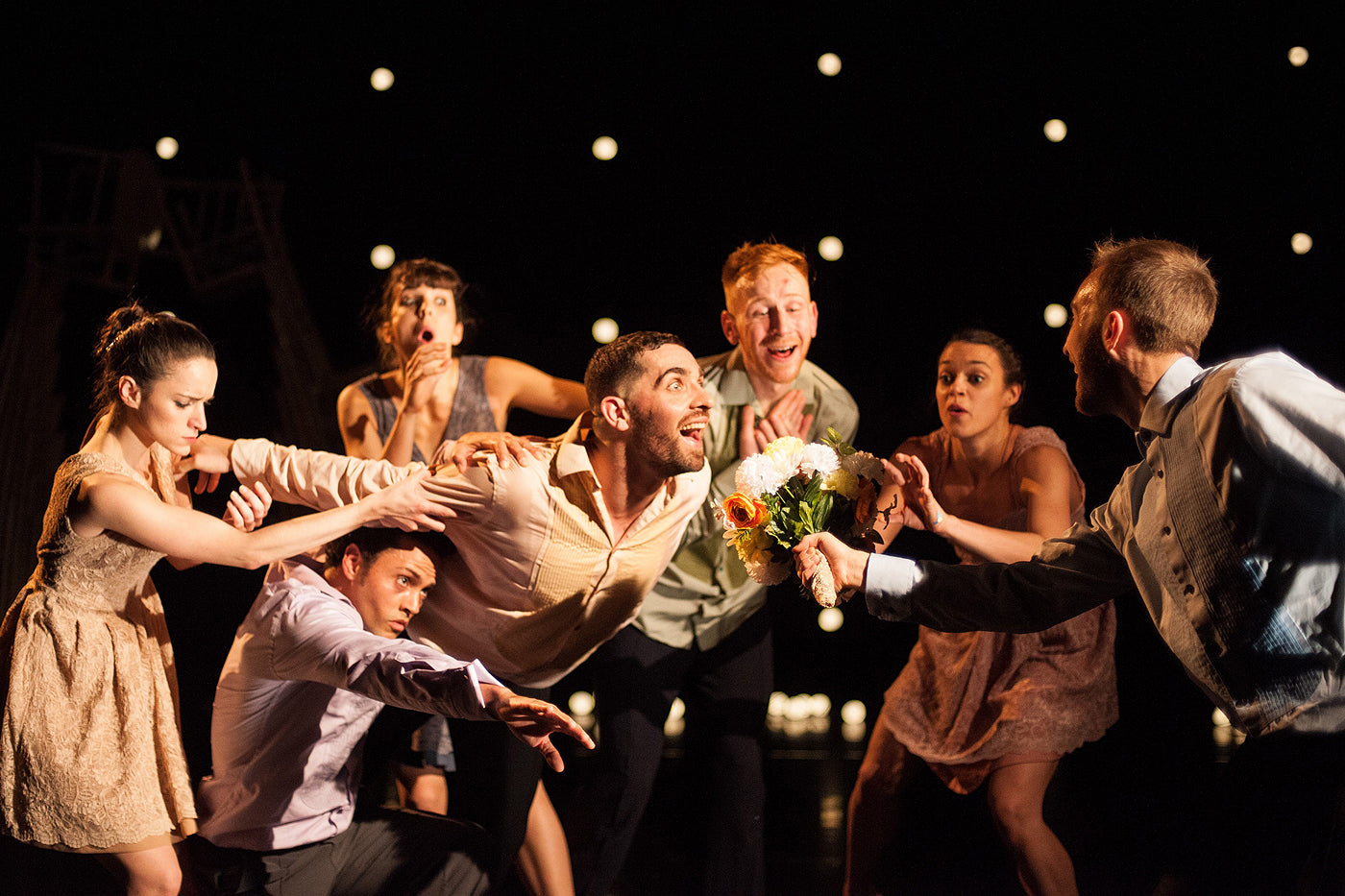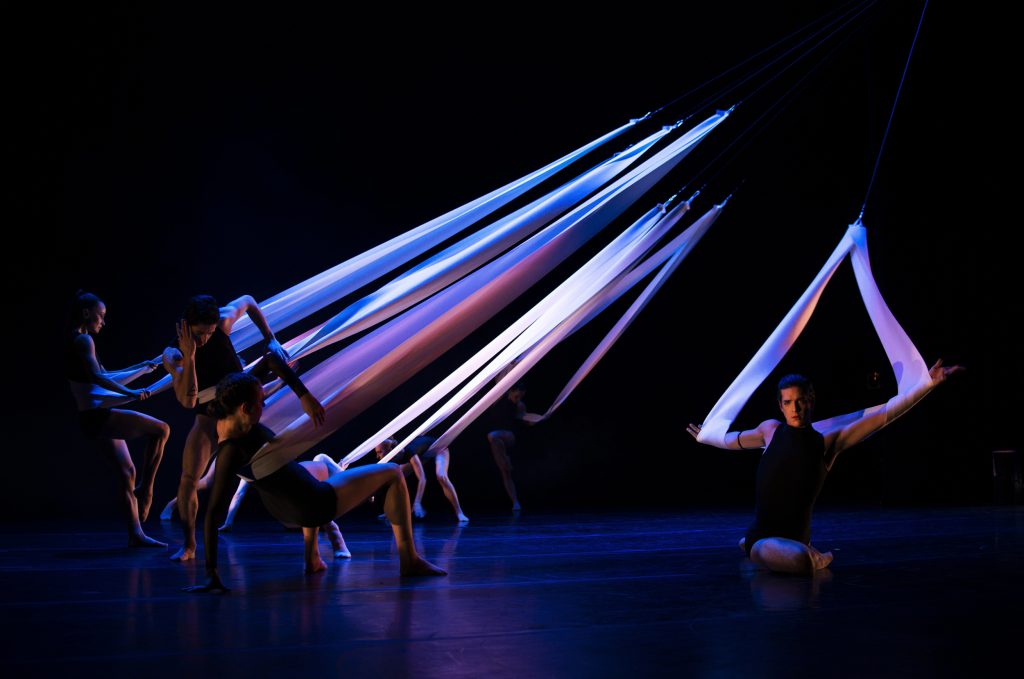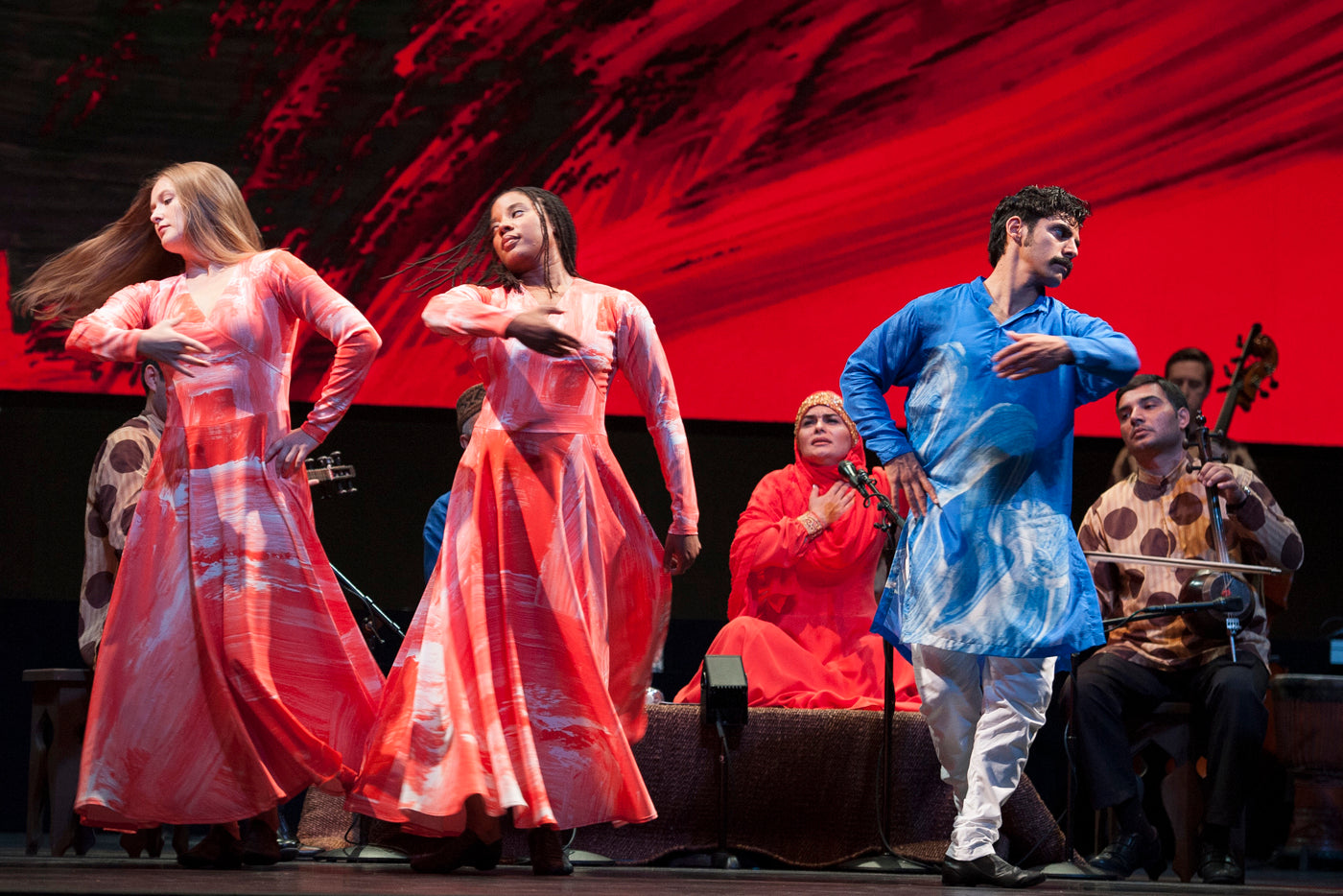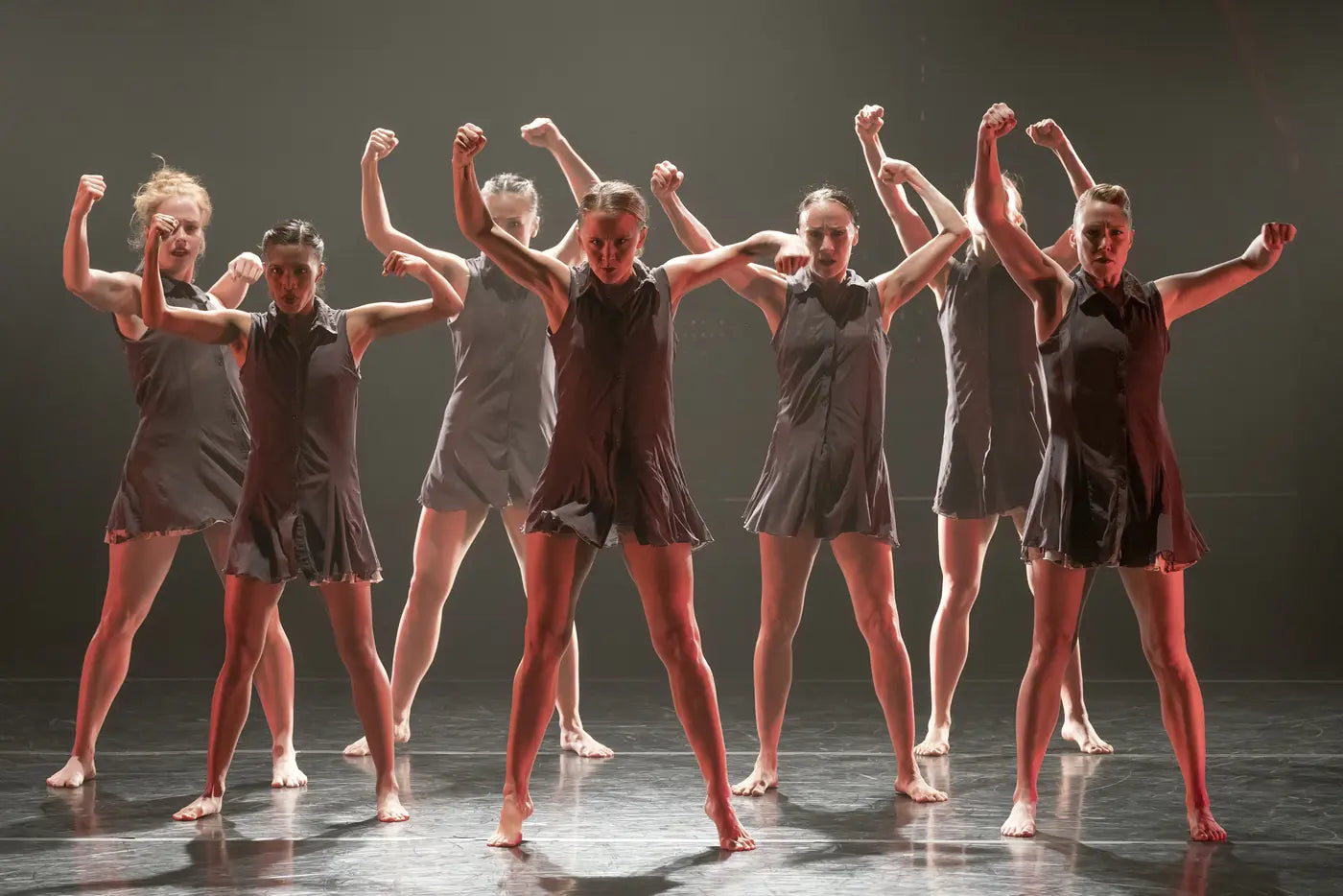Works & Process: Caleb Teicher
Nonchalance, inventive choreography and genre-bending collaboration are the hallmarks of New York-based tapper Caleb Teicher’s work. Teicher first made waves as a founding member of Michelle Dorrance’s innovative tap dance company, Dorrance Dance. Lauded by the New York Times for his “switchblade feet,” in 2011 Teicher took home a Bessie Award for outstanding individual performance. In 2015, Teicher founded his own troupe, Caleb Teicher & Company. CT & Co blends tap, vernacular jazz, Lindy Hop, and other American dance styles to reflect “a collective conscience within modern American culture.”
Continue Reading


